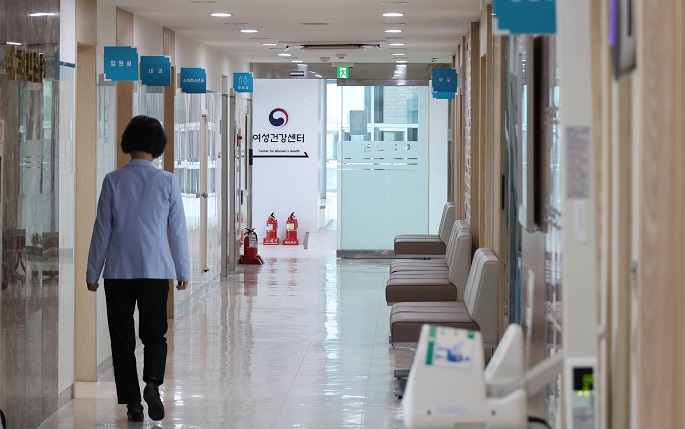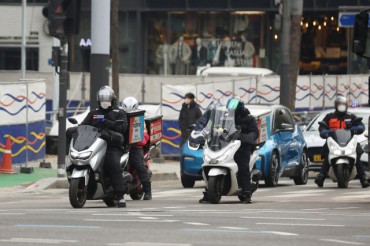
This file photo shows Hana Clinic in Hanawon in Anseong, south of Seoul, on July 10, 2023, the 24th anniversary of the opening of the resettlement center for North Korean defectors. (Pool photo) (Yonhap)
SEOUL, July 18 (Korea Bizwire) — The number of North Korean defectors coming to South Korea reached 65 in the April-June period, nearly doubling from 34 three months earlier, government data showed Tuesday, in an apparent rise after China eased its strict COVID-19 restrictions.
After escaping the North, 18 men and 47 women reached South Korea in the second quarter, bringing the total number of the North’s defectors to 33,981, according to data from Seoul’s unification ministry.
The latest data showed the total number of North Korean defectors entering South Korea in the first half came in at 99, up nearly fivefold from 19 in the same period last year.
“This seems to result from how movement (restrictions) within China and abroad have eased,” a ministry official told reporters, speaking on condition of anonymity.
While the number of defectors who entered the South from a third country was overwhelmingly higher, there were still “a certain” number of defectors who arrived here directly from the North, the official said.
In May, a group of North Koreans crossed the de facto inter-Korean sea border aboard a fishing boat. During interagency questioning, the defectors said they fled the North to escape Pyongyang’s rigid COVID-19 restrictions.
The number of North Korean defectors coming to the South has sharply dwindled in recent years due largely to Pyongyang’s tight border controls over the COVID-19 pandemic.
The figure, which hovered at over 3,000 before and after 2010, more than halved to 1,167 in 2019 and plummeted to 59 in 2022, according to government data.
(Yonhap)






